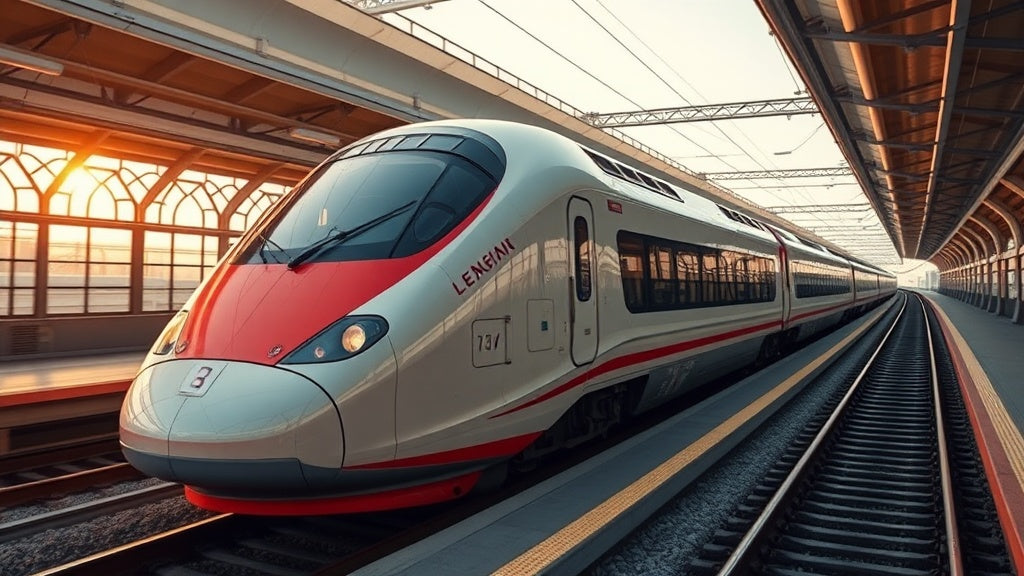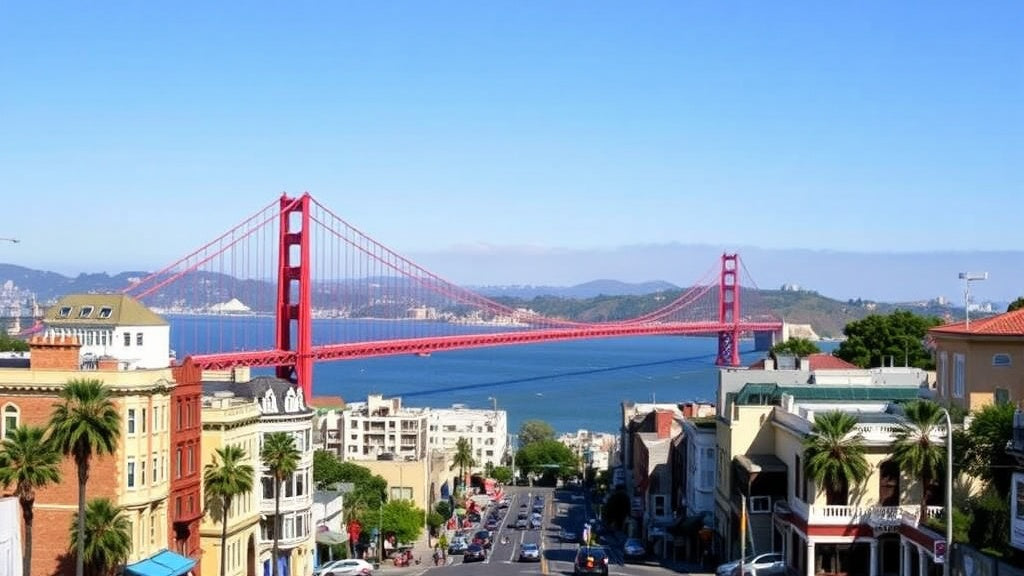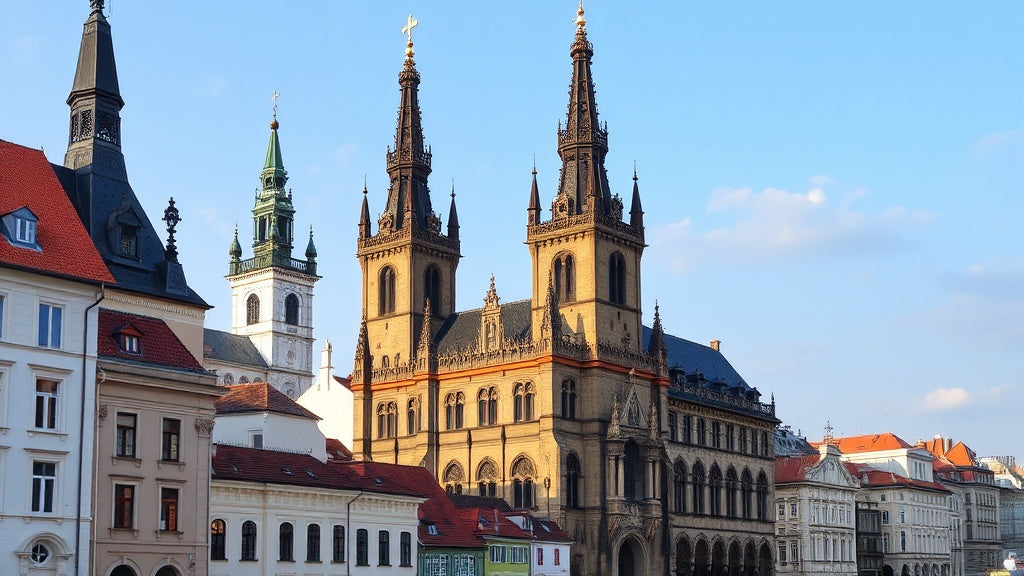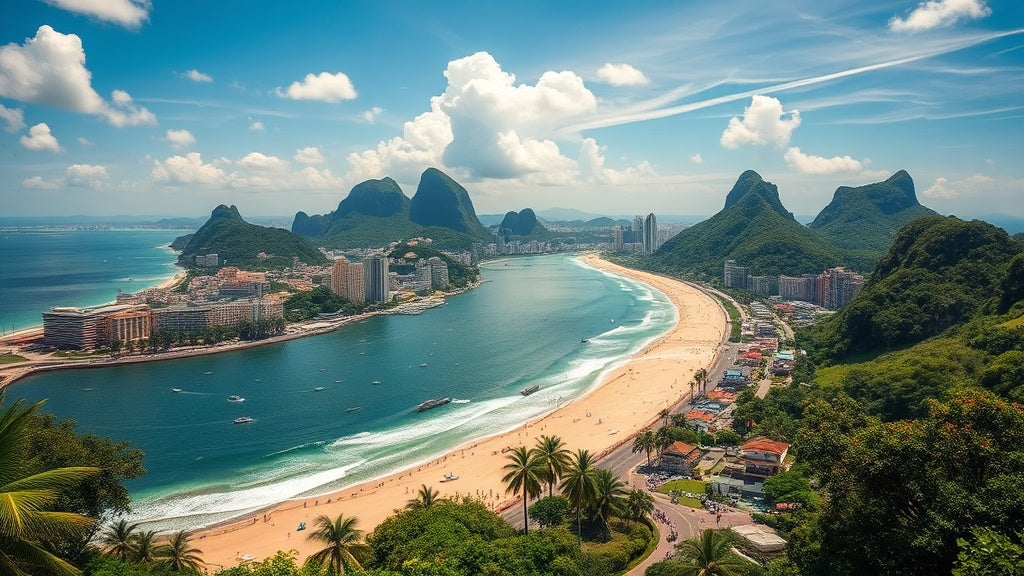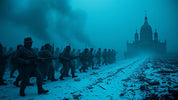
"Unraveling the Bloodiest Clash: A Deep Dive into the Battle of Stalingrad"
, by Unboxify, 7 min reading time

, by Unboxify, 7 min reading time
As the Nazi invasion of the Soviet Union continued, Hitler and his high command were falling short of critical objectives. Operation Barbarossa was not just about seizing Soviet territory; it was also aimed at supplying the Third Reich with desperately needed raw materials, notably oil. Germany's fuel supplies were dwindling, and even with Romania contributing over 100,000 tons of oil barrels, it was not enough. As a result, Hitler turned his attention toward capturing the oil fields in the Caucasus in the summer of 1942. This plan, known as Fall Blau or Case Blue, also included the capture of the devastatingly pivotal city of Stalingrad.
Despite being described as erratic, Hitler ordered his Army Group South to split into two with differing objectives. Group A was tasked with capturing the Caucasus Mountains, while Group B aimed for the Astrakhan by way of the Don and Volga rivers. Although this plan complicated matters for many German generals, the offensive began on June 28, 1942, and initially, the Nazis made rapid progress.
Key Points:Though originally neglected in the initial drafts of Case Blue, Stalingrad soon became a crucial target. This city was a transport hub, a manufacturing center, and an artery for Allied supplies sent via Iran. By mid-July, the German 6th Army under Friedrich Paulus was within striking distance of Stalingrad. Hitler ordered its capture on July 23.
On the other side, Stalin predicted Hitler’s change of strategy and made extensive preparations. Factories were working tirelessly to produce tanks, and reserves were brought in to reinforce Stalingrad. On July 27, Stalin issued the infamous Order 227, commanding all Soviet soldiers to stand their ground and take "not a step back," instituting heavy penalties for unauthorized retreats. Civilians were also conscripted to dig trenches or work emergency shifts in armament factories.
The Germans and their Axis allies crossed the Don River on August 21, commencing the Battle of Stalingrad—the bloodiest battle in history. The Luftwaffe opened the assault with a bombing campaign that reached its peak on August 23, killing between 40,000 to 75,000 civilians. German spearheads quickly closed in on Stalingrad, encountering fanatical resistance before advancing to the city's northern side and cutting off Soviet forces.
However, German supply lines were stretched thin. Some soldiers resorted to eating their horses, and a significant number of casualties were due to typhus and dysentery. Despite these disadvantages, the initial German advances were brutal for the city’s defenders.
Key Points:September marked a horrifying shift to urban warfare. German and Soviet forces engaged in brutal house-to-house combat. Soviet Commander Chuikov ordered his front-line troops to keep close to the German lines, preventing German air support and leading to frequent close-quarters combat.
By the end of September, the Germans had partially encircled Stalingrad, and Georgy Zhukov launched a counter-attack in the North that tied down a significant number of Paulus's men. Despite slow and costly advances, the Germans reached the Volga River, cutting off Soviet forces into isolated pockets within the city.
Key Points:As the temperature dropped, signaling General Winter's arrival, the Soviets secretly prepared for a massive counteroffensive. On November 19, 1942, Operation Uranus was launched. Ten Soviet armies, totaling over a million men and thousands of tanks, attacked German positions, aiming to encircle the 6th Army.
The Soviet counteroffensive quickly took effect. By November 23, the Soviet forces had nearly completed their encirclement of the 6th Army, trapping 300,000 German soldiers. The German high command considered an airlift to resupply the beleaguered forces, but this proved disastrous as supplies were barely enough.
Key Points:As winter set in with full ferocity, the situation for the Germans became bleak. Food supplies dwindled, and soldiers started dying en masse from frostbite and starvation. The Luftwaffe's efforts to resupply Paulus's 6th Army proved increasingly futile; on January 24, 1943, Paulus reported that he had 18,000 untreated wounded soldiers and begged Hitler for permission to surrender. Hitler refused.
Finally, on January 31, Paulus was captured in his headquarters. Despite Hitler's orders, the 6th Army crumbled under relentless Soviet pressure and starvation. By February 2, the remaining forces surrendered, but not all Germans gave up. About 11,000 soldiers continued to resist in the ruins till March.
Key Points:The civilian toll was staggering, with around 170,000 civilians perishing during the Battle of Stalingrad. Among the captured German soldiers, 95% did not return home. The Soviet victory at Stalingrad marked a significant turning point in the Second World War, demonstrating the resilience and determination of the Soviet forces despite their horrific losses.
The Battle of Stalingrad is often considered the turning point in the Eastern Front of World War II. For the Soviets, it boosted morale and became a symbol of their indomitable will. For the Germans, it was a devastating blow that marked the beginning of the end of their Eastern ambitions.
Key Points:The battle of Stalingrad was not just a military confrontation but a horrifying ordeal that consumed countless lives. It showcased the depth of human resilience and the extreme costs of war. The relentless urban combat, the brutal winter, and the desperate fight for survival on both sides turned Stalingrad into one of the bloodiest chapters in human history. Yet, it remains a powerful testament to the tenacity and courage of those who fought and endured its unbearable hardships.
Key Takeaways:



